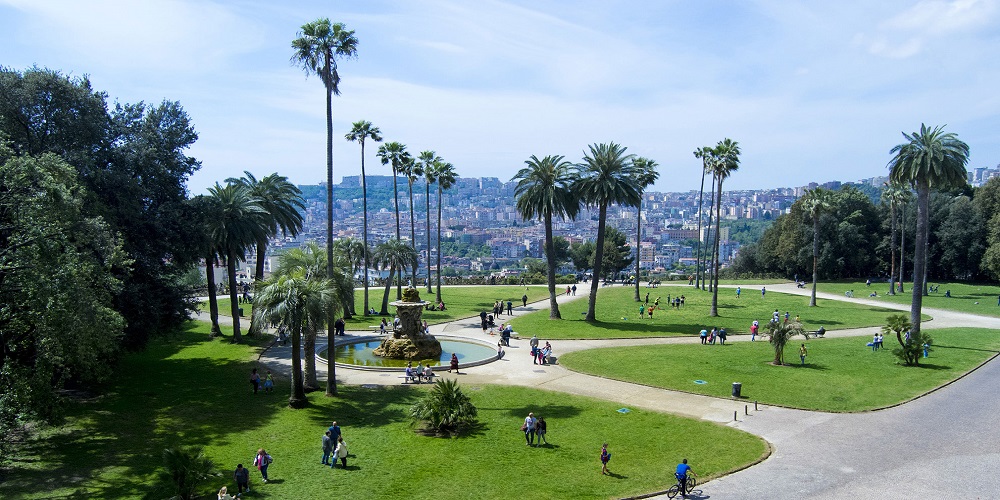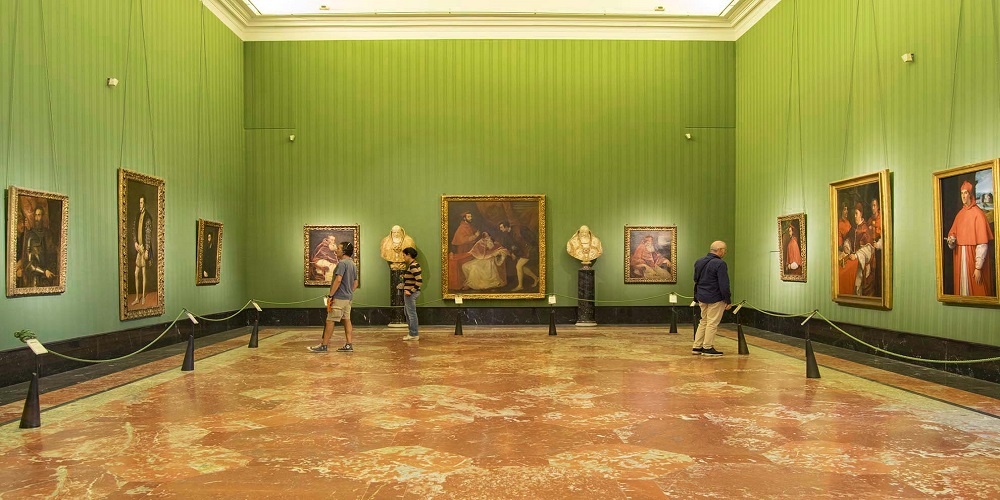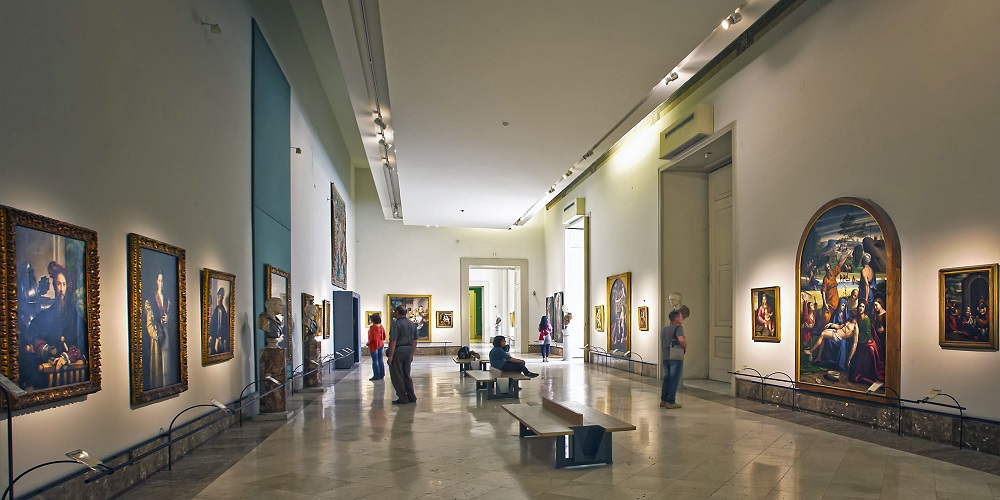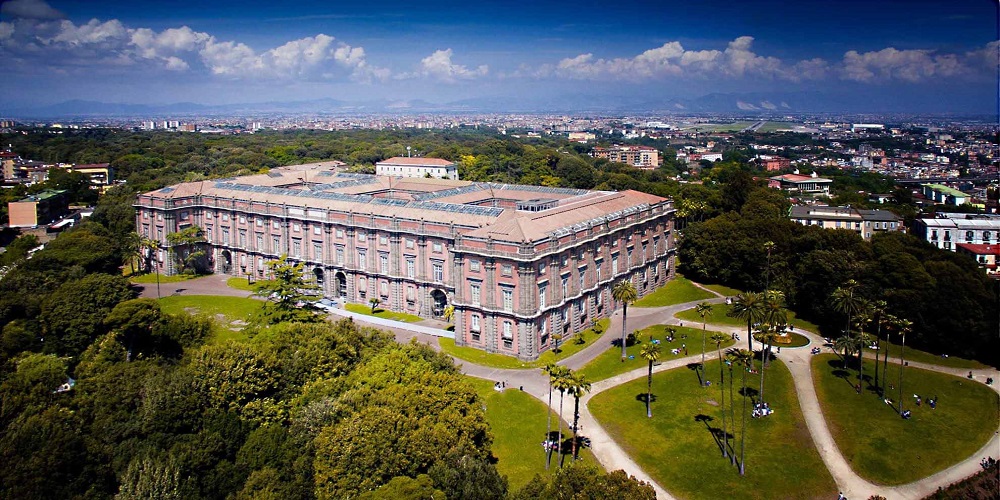The Royal Park of Capodimonte in Naples
One of the green areas, the largest by extension, of the city of Naples is the royal park of Capodimonte. It is a city park located in the upper part of Naples, Capodimonte. The park is famous in the eyes of the world to host the Royal Museum of Capodimonte. A museum that contains priceless works of art, including the world-famous Capodimonte ceramics.
The park of Capodimonte covers an area of one hundred and twenty-four hectares, partly protected by walls built in the 1820s. The park can be accessed through two doors, the main door, Porta Grande, along Via Ponti Rossi and a secondary door, Porta Piccola. A third door, Porta Caccetta, was created in 1816, enlarged in 1834, demolished during the middle of the 20th century and restored in the early 2000s.
Today the park is a popular tourist destination for those who visit the city of Naples but not only. Neapolitan citizens love to spend their days in the park, especially in summer, lying on green lawns, in English style, to have a picnic in the open air, go jogging or simply take a walk. The park is equipped with training equipment, a path called "life path" suitable for all athletes who want to keep in training without having to go to the gym. At the park you can take your dogs for a walk, thanks to the two dog areas provided by the administration.


The Museum of Capodimonte
The Capodimonte museum covers all three levels of the palace. The layout of the works has been changed countless times and the last restoration works were held towards the end of 1999. On the ground floor and in the basement are the visitor services and some educational rooms; on the mezzanine floor is the Drawings and Prints Cabinet, and the 19th century Private and Apples posters exhibitions.

The Farnese Gallery and its artistic collection
The Farnese collection represents the heart of the Capodimonte museum, which occupies the entire eastern area of the main floor of the palace. The collection was transferred to Naples at the behest of Charles of Bourbon, son of Elisabeth Farnese, the last descendant of the Farnese family. The collection finds its origins in the work of Alessandro Farnese, better known as Pope Paolo lll. Alessandro Farnese's nephew enriched the collection over time with works of extraordinary beauty such as Titian, El Greco, Giulio Clovio and Guglielmo Della Porta.

Via Miano, 2, 80131
How to reach the Capodimonte Museum
The Museum and the Real Bosco di capodimonte can be reached in different ways.
By Metro: Line 1, stop "Museo"; continue by bus. Or: Line 2, "Piazza Cavour" stop; continue by bus.
By Bus: several lines leave from Naples Central Station or from the stop in front of the National Archaeological Museum. All buses stop in front of the main entrance of the Bosco.
Tourist bus: It is possible to buy a ticket for a City Sightseeing tour which stops also include the Capodimonte Museum.
Opening hours of the forest:
In October, February and March: opening at 7.00 a.m. and closing at 6.00 p.m.
In November, December and January: opening at 7.00 a.m. and closing at 5.00 p.m.
In April, May, June, July, August and September: opening at 7.00 a.m. and closing at 7.30 p.m.
